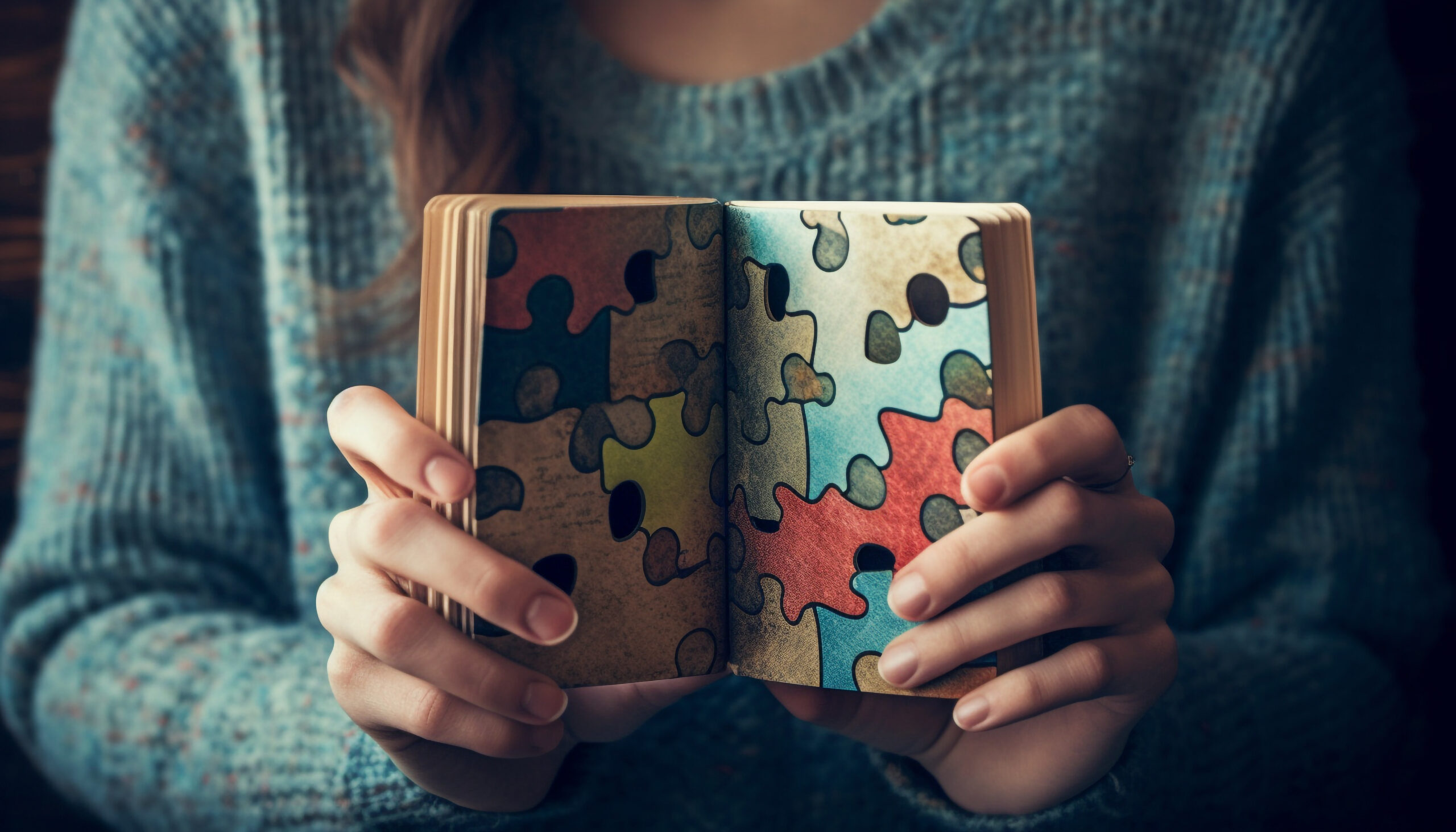When asked what constitutes the cornerstone of any successful EFL lesson, the answer might be surprising.
As proposed with Dekeyser’s Skill Acquisition theory, learning commences with declarative exposure to language which is procedurised and eventually automitased through language-related tasks using miscellaneous materials. That way, the PPP framework of learning can lead to fluency and even effortless behaviours regarding the L2 (2007, 97). Such tasks can be board games, role-playing, information- acquisition activities, music, articles and other tasks that facilitate learning while increasing authentic input and meaningful output.
Literature suggests that supplementary materials scaffold on the learners’ already acquired knowledge, ipso facto activation of schemata is utilised as a tool to present cognitively challenging materials enhancing learning (Anderson, 1990, Armbuster, 1996). Ellis (2018) argued that tasks allow learners to develop their interlanguages without deviating focus from form, while building on both the linguistic and the interactional competence that L2 usage necessitates (17). As a result, integrating tasks in language instruction can assist personalising the target language and consequently increase motivation in its learning and usage.
After all, it was Sapir (1921) who said that ‘language does not exist apart from culture, that is, from the socially inherited assemblage of practices and beliefs that determines the texture of our lives’. By providing our learners with opportunities to think critically, retrieve, negotiate, mediate and infer, we are allowing them to be the weavers of their own web of learning. For this reason, tasks that encourage learner autonomy and include interchanging interactional patterns can empower learners to develop language skills independently, while being used as resources to their own learning.
The Universal Design for Learning (UDL) framework aims at optimising learning by making it accessible and inclusive to all learners. The inclusion of learners on the spectra of neurodivergence, disabilities, socioeconomic, linguistic and cultural background and sexuality poses the burgeoning need for friendlier policies, which can be implemented through supplementary materials.
Theory aside, how does this translate into our own classrooms, whose realities and trivialities often appear incompatible with the elaborate tapestry of academia?
- First and foremost, by realising the infinite possibilities there are in relation to material usage. If we visualise real-world contexts and our classrooms as a network, we can ‘experiment’ with different nodes and through finding relevant connections, allowing our students to build a support network. There are little limits to what resources can be used: from Spotify podcasts, to flashcards, online tutorials, worksheets, literature texts, projects, even self-assessment tools to engage learners’ metacognitive skills.
- Secondly, after finding our interesting and by all appearances, exciting, supplementary materials, we need to consider practicality and feasibility. How does this relate to the primary coursebook (if applicable)? Does this deviate too much from my learners’ learning preferences? How can these materials be used in my classroom? Taking into consideration variety and coherence when carefully choosing supplementary materials is also pivotal for their effective integration.
- Thirdly, a rather important question demands our attention: can we use extra materials in all groups of learners? My answer: yes. Whether it is YL or adults, extroverted or introverted, creative or analytical-minded learners, supplementary materials can only support learning. Surely, tailoring them to the learners’ needs can be demanding, but it is important to experiment, ask for feedback and communicate openly-there is no reason why learners should not have a say themselves, it is their learning after all!
Finally, I would like to use this opportunity to share some of my favourite supplementary materials, hoping that they might provide a source of inspiration for fellow teachers:
- Learning diaries/Teaching diaries: self-assessment, goal setting, identification of challenges, reflection, goals for improvement, feedback…learners of all ages can keep and customise their own diaries to track their progress and take ownership of their learning. However, this is not a one-way tool. It is essential for the teachers to do the same work for their own learning as educators and keep a teaching diary to reflect, prepare, keep a record of student responses and participation, work on their personal teaching style, along with their personal growth goals, achievements and possible action plans for the future. As far more experienced teachers are aware of, managing the constantly evolving circumstances of our profession can be vastly overwhelming. For this reason, keeping track of our students’ learning profiles, progress, administrative work and even a depository of teaching strategies can benefit our organisation, well-being and coping with work stressors.
- The classroom space: sometimes staring on the wall waiting for ideas to come is effective! Seating arrangements, collaborative spaces, your desk, the walls; your classroom is a resource on its own. Working with adults myself, I can confidently say that kinesthetic activities are not limited to younger learners. Gallery walks, vocabulary basketball, pictionary…many adults actually prefer the diversion and fun atmosphere of a classroom, especially at lower proficiency levels.
- Mobile phones: when in Rome…do as the Romans do! Demonising using mobile phones for learning is based on a misconception that they are inherently distracting. Nevertheless, this has established a toxic culture surrounding what has incredible potential. Kahoots, Tiktoks, flashcards, language learning apps, language exchange apps, streaming apps, word games, the list goes on. An occasional deviation from books and pen and paper activities can engage learners and provide them with resources they would realistically use in their daily life.
All in all, leveraging supplementary materials enriches the learning experience, contextualises language, caters to diverse needs, preferences and interests of learners and approaches learning holistically and authentically.

